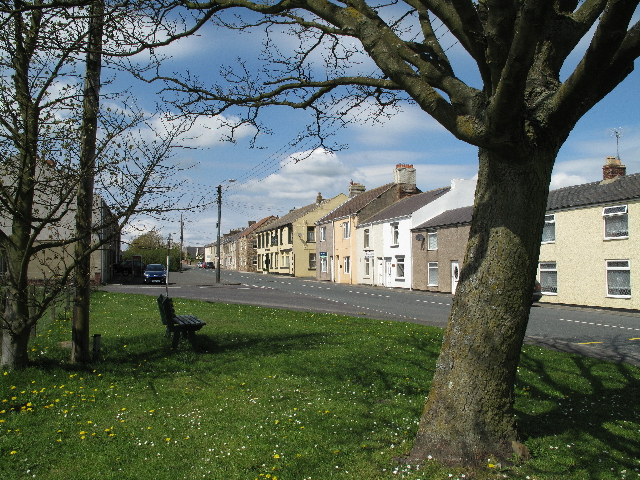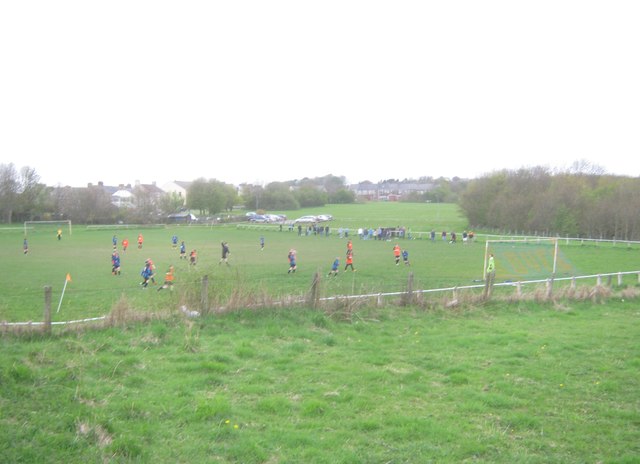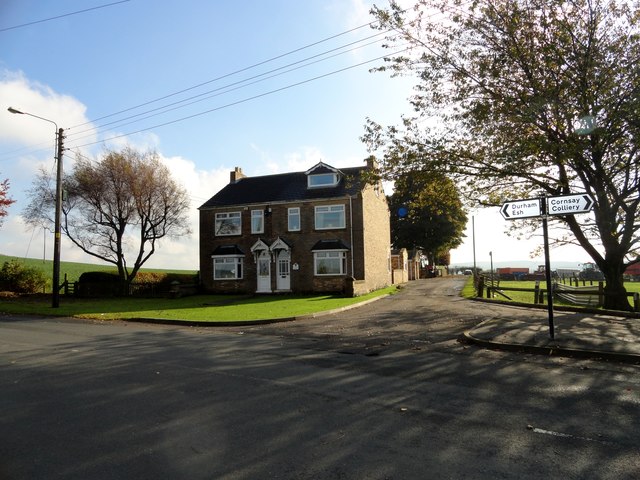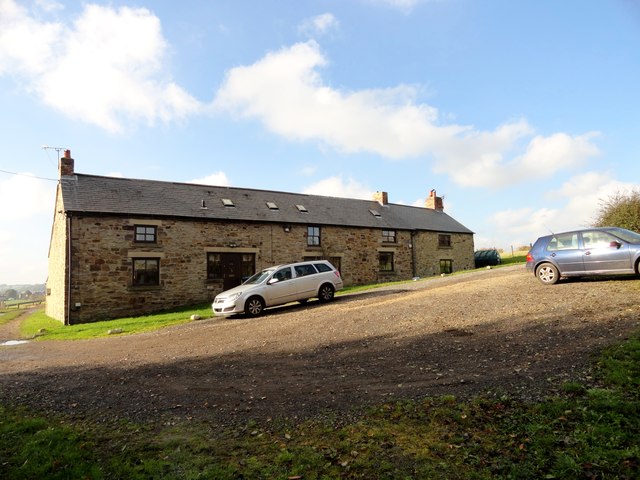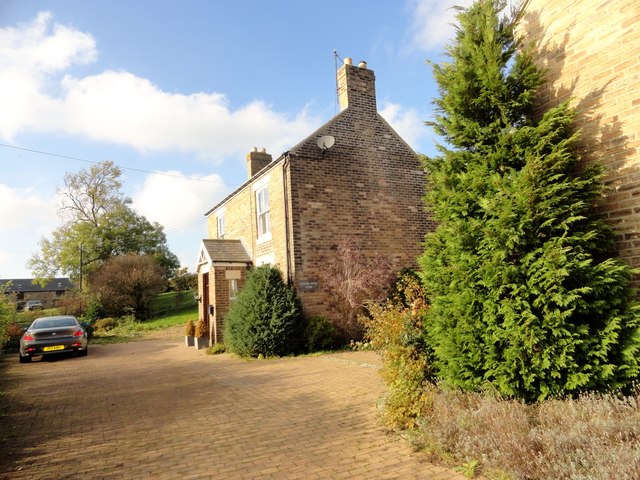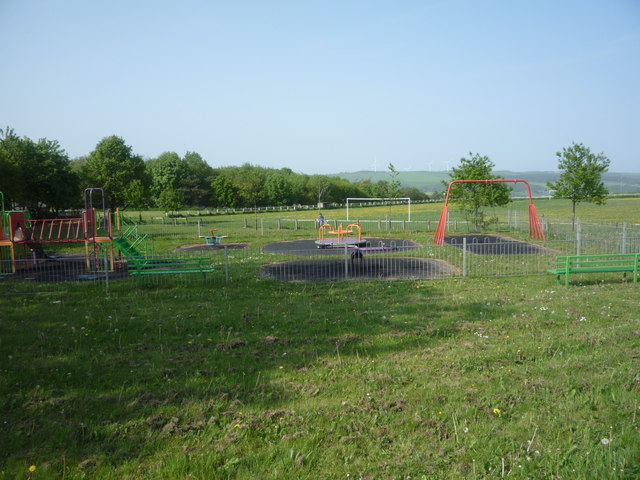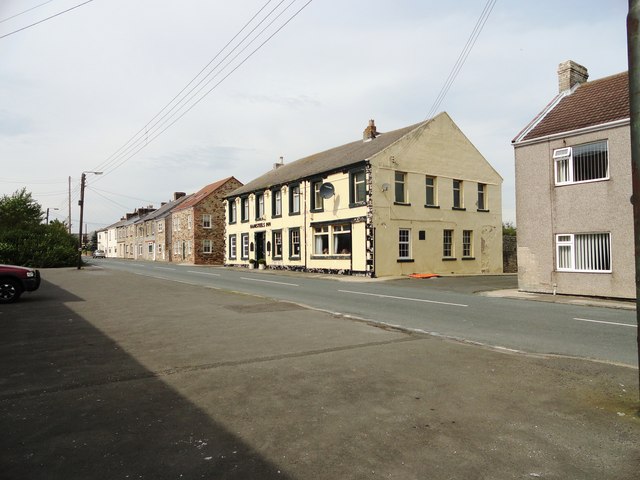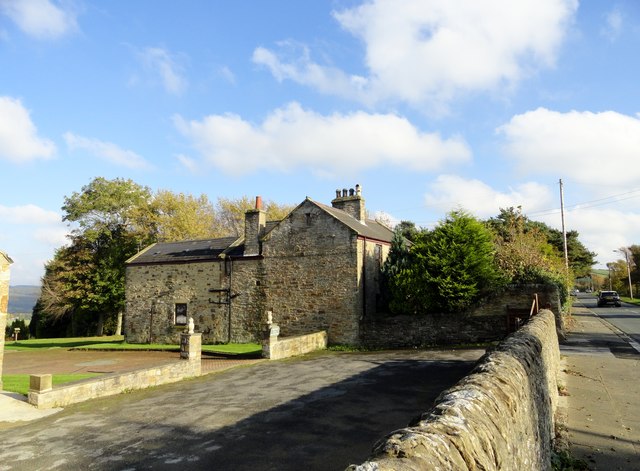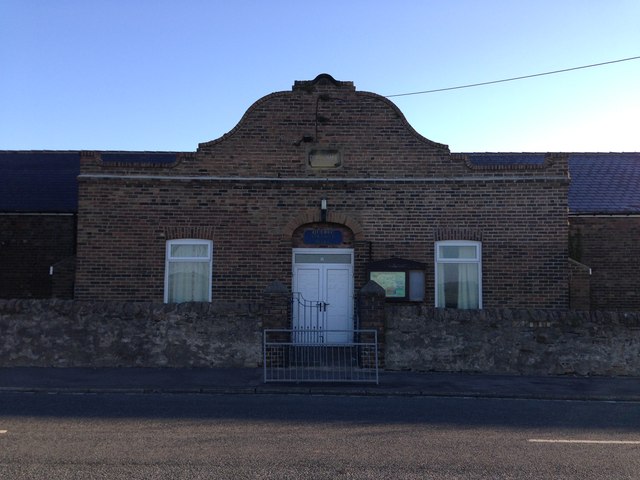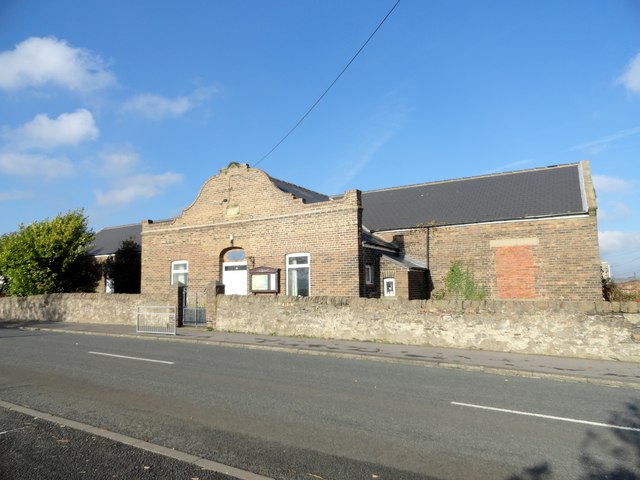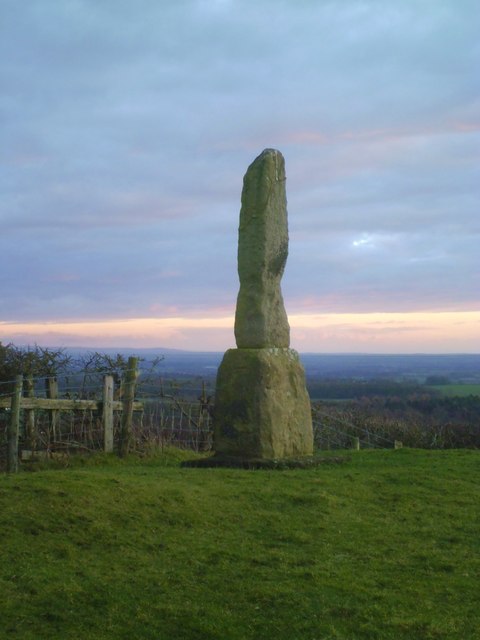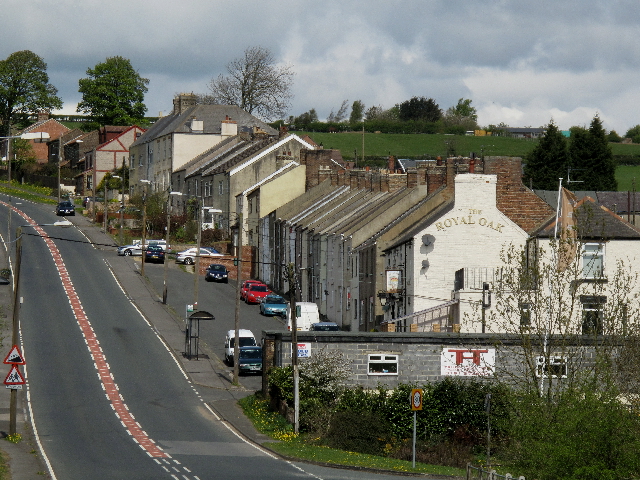Topics > County Durham > Quebec
Quebec
Quebec is a small former mining village in County Durham, located under a mile north of Esh Winning and about 5 miles west of Durham City. Fields on Hamsteels Common were enclosed in the mid 18th century, when Britain was at war with the French Canadians, and Quebec was a topical name. At that time a local farm was given the name Quebec, and the name was used when the village was formed there in the 19th century.[1] Hamsteels Colliery, opened in 1867, was located between Quebec and Esh Winning (not in the village of Hamsteels, which is further north!). It was mining that gave rise to Quebec and a small adjacent settlement at Hamsteels Colliery (village). The population of Quebec reduced in 1940 when many of the streets were demolished. This eventually led to the closing of the school (built 1874), in 1955. The colliery closed in 1958. Hamsteels Colliery (village) was demolished in the 1970s to make way for open cast mining - the building of Church of St John remains.
Quebec is a small village in County Durham, in North East England. Once a coal mining village, it is situated 6 miles (10 km) west of the city of Durham, and close to the villages of Esh, Cornsay Colliery, Esh Winning and Langley Park. The village has a public house, the Hamsteels Inn, a hotel, Hamsteels Hall, a church, St. John the Baptist Hamsteels, a village hall, a playground and a used car dealership.
Administration
Civic
Quebec is for all purposes (historic, ceremonial and administrative) located in County Durham. The local police force is Durham Constabulary.
Political
Quebec is located in County Durham. It is in the Esh ward, which as of 2010 is represented on Durham County Council by Pat Glass (Labour). It is part of the North West Durham parliamentary constituency, which as of 2005 is represented in Parliament by Hilary Armstrong (Labour). It is in the North East England region, which serves as a constituency for the European Parliament.
Geography
History
The Roman road known as Dere Street passes through the village on its way from Yorkshire to Hadrian's Wall via the Roman fort at Lanchester.
Etymology
The village takes its unusual name from the more famous Canadian city of Quebec. The fields in the area were enclosed in 1759, the year Quebec was captured from France. It was common at the time for fields distant from their home farm to be given the names of foreign lands, and cases where these names have come to be applied to whole villages are numerous throughout the North East. For example, not far away is the village of Toronto.
Sport
In 1902, after the village's Hamsteels Rugby Club was beaten 77-0 in a match at Quebec against Hartlepool Rovers, the West Hartlepool Mails rugby correspondent described Quebec as an "outlandish place". Today, the village has only football teams. Two of these, Hamsteels Inn FC and the Hammers FC, play at Quebec's Hamsteels Colliery Welfare Ground, while a third, Steelers FC, is based in Langley Park.
At the age of 20, Chris Waddle was working in Quebec's former meat factory, Hamsteels Frozen Foods, when he was signed by Newcastle United in 1980 from nearby Northern League side Tow Law Town for £1,000.
Visit the page: Quebec, County Durham for references and further details. You can contribute to this article on Wikipedia.
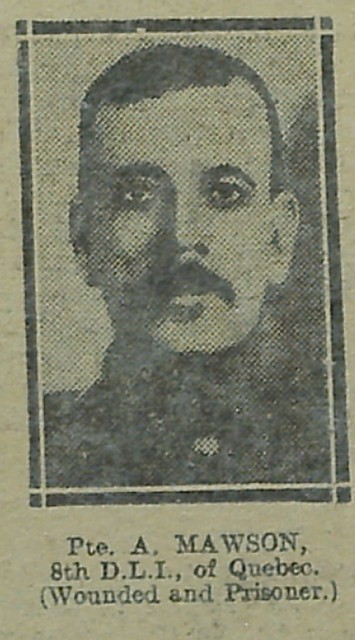
from IllustratedChronicles (flickr)
A Mawson - 8th DLI - Quebec (Wounded and Prisoner)
Pinned by Pat Thomson
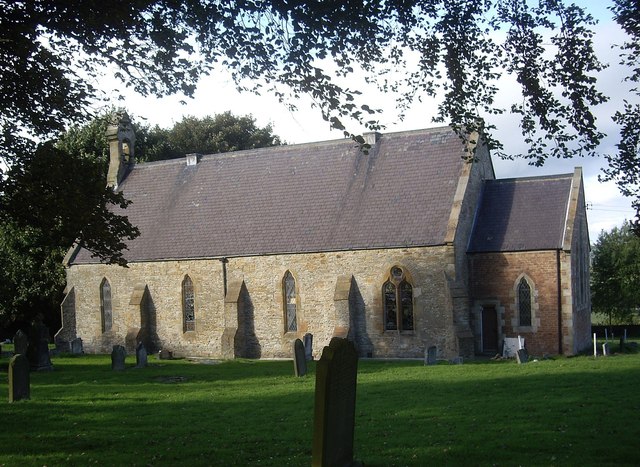
from Geograph (geograph)
The former Parish Church of St John the Baptist, Hamsteels
Pinned by Simon Cotterill
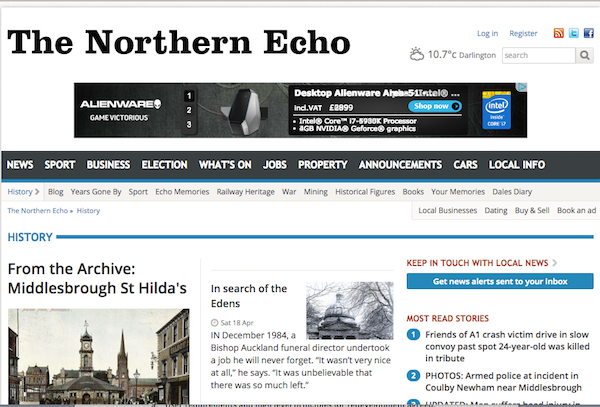
from http://www.thenorthernecho.co…
Tracing the past of Canada’s distant cousin
- Northern Echo 21st August 2009. "THE former colliery village of Quebec is located along a front street less than a mile to the north-east of Esh Winning.
A farm building …
Added by
Simon Cotterill
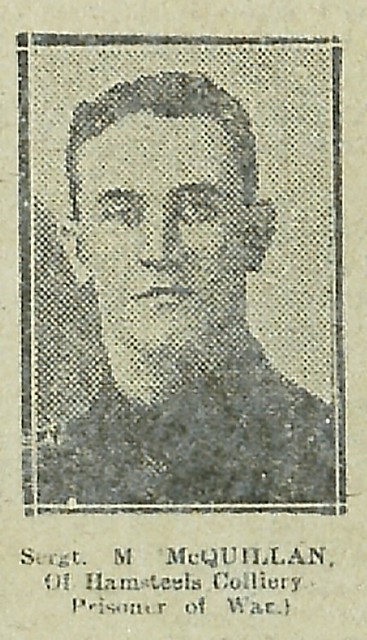
from IllustratedChronicles (flickr)
M McQuillan - Hamsteels Colliery (Prisoner of War)
Pinned by Simon Cotterill
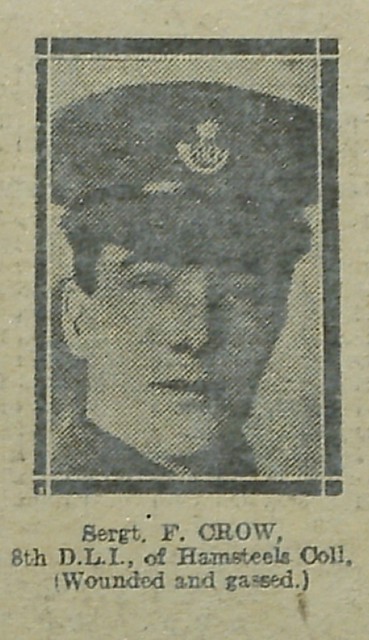
from IllustratedChronicles (flickr)
F Crow - 8th DLI - Hamsteels Colliery (Wounded and gassed)
Pinned by Simon Cotterill
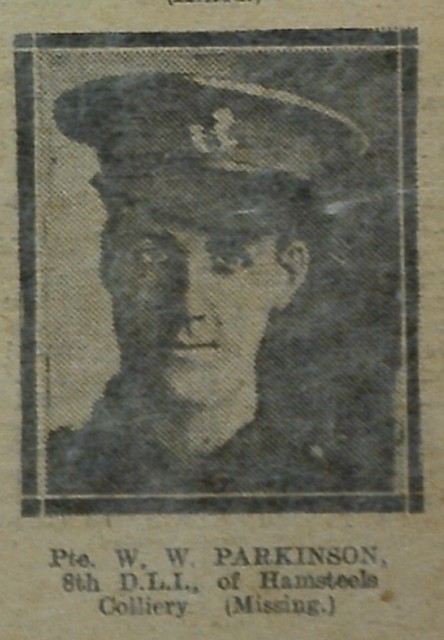
from IllustratedChronicles (flickr)
WW Parkinson - 8th DLI - Hamsteels Colliery (Missing)
Pinned by Simon Cotterill
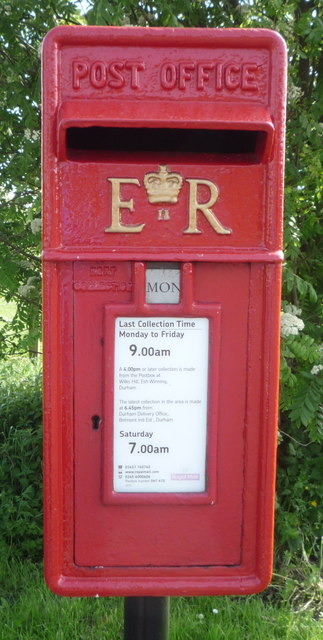
from Geograph (geograph)
Close up, Elizabeth II postbox on Front Street, Quebec
Pinned by Simon Cotterill

from https://web.archive.org/web/2…
Hamsteels and Quebec Villages
- Article by Linda Cook. "The houses of Hamsteels were built by Johnston and Reay to house the workforce of the
colliery, brickworks and coke ovens. Hamsteels comprised of only three …
Added by
Simon Cotterill


from IllustratedChronicles (flickr)
A Mawson - 8th DLI - Quebec (Wounded and Prisoner)
Pinned by Pat Thomson

from Geograph (geograph)
The former Parish Church of St John the Baptist, Hamsteels
Pinned by Simon Cotterill

from http://www.thenorthernecho.co…
Tracing the past of Canada’s distant cousin
- Northern Echo 21st August 2009. "THE former colliery village of Quebec is located along a front street less than a mile to the north-east of Esh Winning.
A farm building …
Added by
Simon Cotterill

from IllustratedChronicles (flickr)
M McQuillan - Hamsteels Colliery (Prisoner of War)
Pinned by Simon Cotterill

from IllustratedChronicles (flickr)
F Crow - 8th DLI - Hamsteels Colliery (Wounded and gassed)
Pinned by Simon Cotterill

from IllustratedChronicles (flickr)
WW Parkinson - 8th DLI - Hamsteels Colliery (Missing)
Pinned by Simon Cotterill

from Geograph (geograph)
Close up, Elizabeth II postbox on Front Street, Quebec
Pinned by Simon Cotterill

from https://web.archive.org/web/2…
Hamsteels and Quebec Villages
- Article by Linda Cook. "The houses of Hamsteels were built by Johnston and Reay to house the workforce of the
colliery, brickworks and coke ovens. Hamsteels comprised of only three …
Added by
Simon Cotterill
